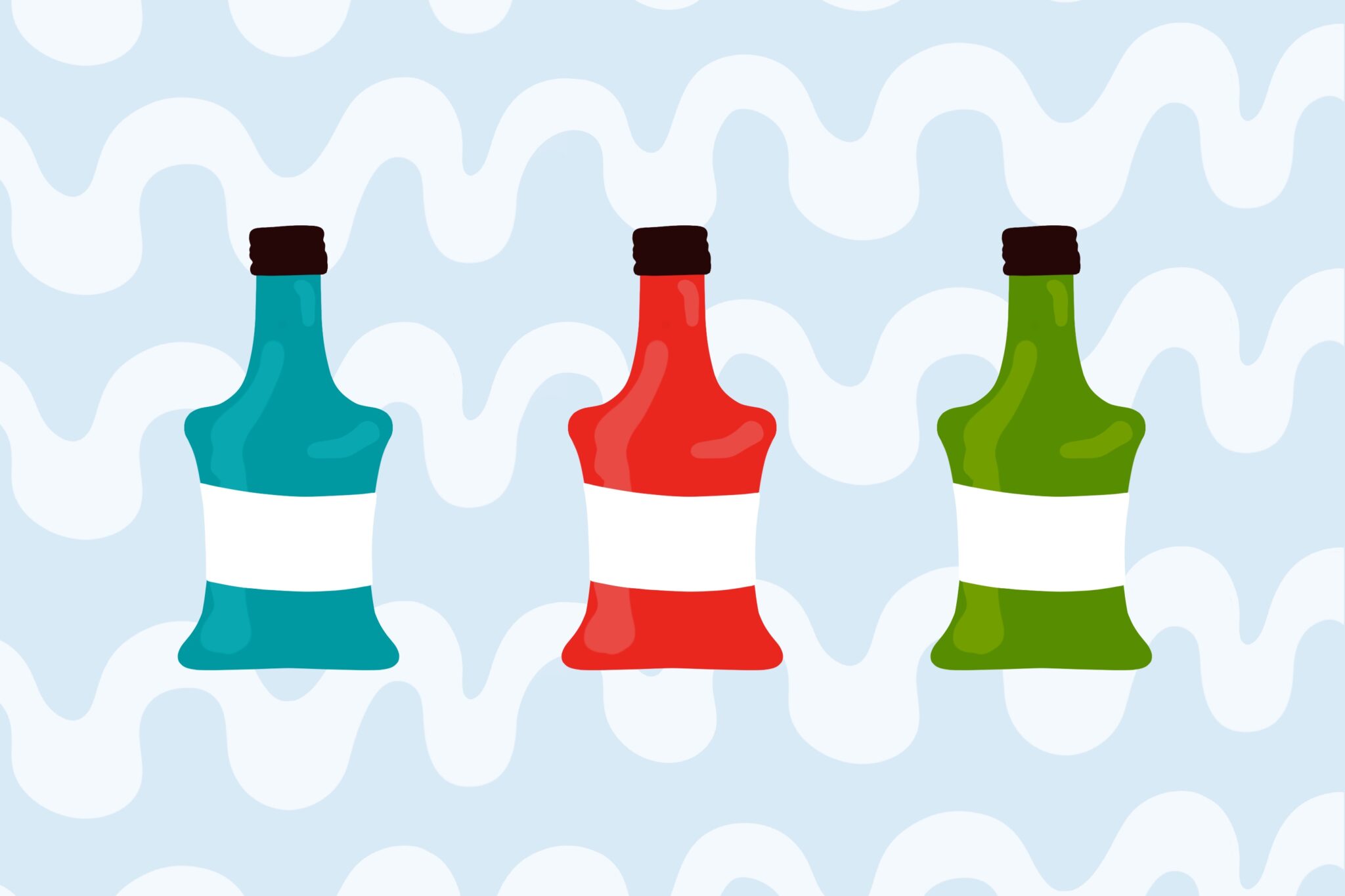Food Coloring: What’s in Artificial Food Dyes?


Eat the colors of the rainbow! The more color on your plate, the better! This nutrition advice is aimed at helping consumers eat more fruits and vegetables. However, if you take a look at our nation’s food supply, many processed foods would also qualify as quite colorful.
That’s because they contain food colors and dyes. For some, the issue of food colors and dyes, preservatives, and other added food components is a hot one, especially if a child demonstrates a change in behavior when eating food containing these types of additives.
What is food coloring?
Synthetic, or artificial food colors, are produced from chemicals. Natural food colors come from the pigment of foods such as beta-carotene (carrots), grape skin extract (grapes), and saffron (a spice) and may add additional health qualities to food.
The Food and Drug Administration allows nine different artificial food colors in our food supply. There are four that are widely used: FD&C Red #40 (also called Allura Red), Yellow #5 (also known as Tartrazine), Yellow #6 (Sunset Yellow), and Blue #1 (Brilliant Blue).
The FDA regulates and guarantees the purity and safety of artificial food colorings, and as it stands in the United States today, food colors and dyes are considered safe for human consumption. In the United Kingdom, food colorings and dyes must be labeled on product packages with a warning, much like food allergens are placed on food labels in the U.S.
There is no nutritional value in artificial food colorings — they do not add nutrients or calories to food. They are simply used to enhance the appearance of food, prevent loss of color over time, and/or to keep the product’s appearance consistent.
Beverages are one of the largest sources of artificial food colors due to the large volumes consumed in a serving. Other foods that commonly contain artificial food colors are: candy, ready-to-eat cereals, popsicles, ice cream, Jell-O, cakes, boxed dinners, and snacks.
Even colorless foods, such as white icing and marshmallows, may contain artificial food colors to make them look whiter. Other products like pickles contain yellow and blue dye to make the product look greener.
Sensitivity to food colors in children
While we don’t have data on the rates of sensitivity across all childhood populations, we do have some information about children with attention deficit hyperactivity disorder, or ADHD. One study indicated that up to 8 percent of children with ADHD were sensitive to additives such as food colorings and dyes. The symptom that sensitive kids tend to exhibit when ingesting artificial food colors is hyperactivity. While not all children with ADHD are sensitive to artificial food colorings, some kids may be.
For children who show sensitivity to artificial food colors, limited or even minimal exposure is advised. Specifically, limiting the artificial food color load to 100 milligrams/day is suggested.
Examples of artificial color loads in foods
Clinical Pediatrics measured the artificial color load in a variety of foods. Below is a limited sample of foods studied, and their artificial food color load:
If you have a child who shows sensitivity to artificial food colors, you may want to start weeding out food sources containing artificial food colors and look for healthy dye-free foods for your family’s diet.
Sources:
- Clinical Pediatrics
- Amounts of Artificial Food Colors in Commonly Consumed Beverages and Potential Implications for Consumption in Children.
Powered by Bundoo®










































